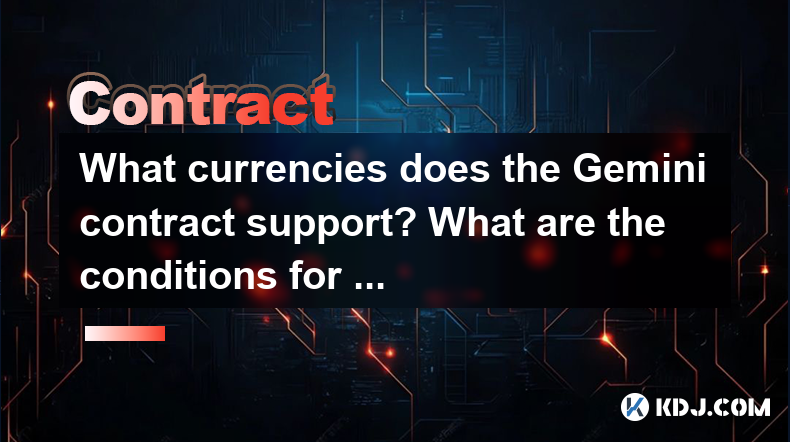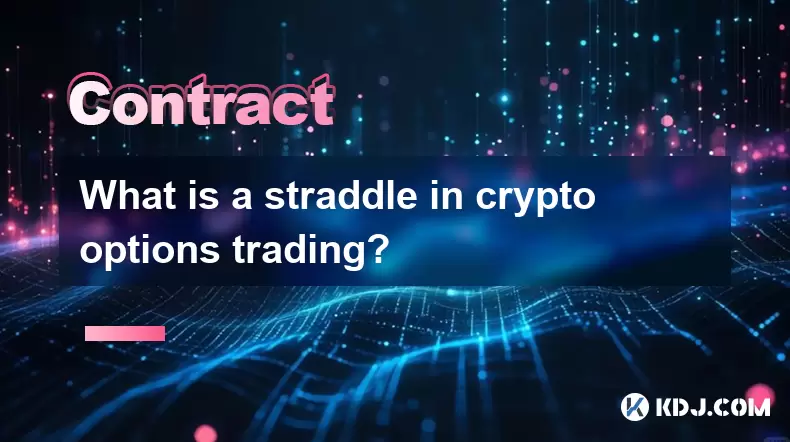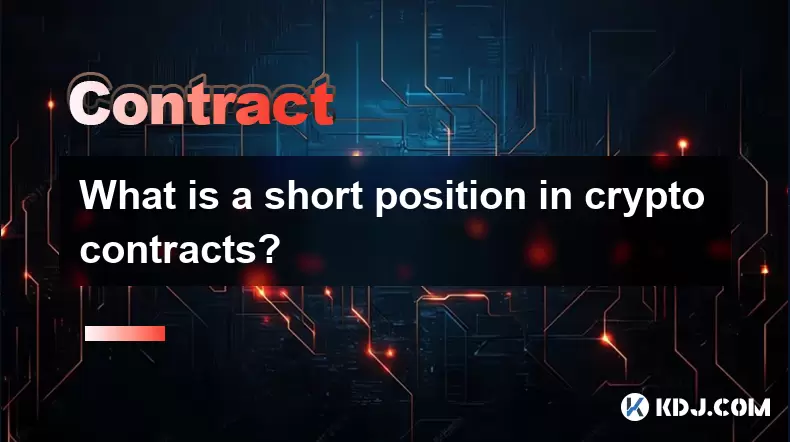-
 Bitcoin
Bitcoin $117300
1.93% -
 Ethereum
Ethereum $3866
5.21% -
 XRP
XRP $3.109
3.81% -
 Tether USDt
Tether USDt $1.000
0.01% -
 BNB
BNB $781.5
1.52% -
 Solana
Solana $173.0
2.95% -
 USDC
USDC $0.9998
0.00% -
 Dogecoin
Dogecoin $0.2181
6.31% -
 TRON
TRON $0.3403
0.93% -
 Cardano
Cardano $0.7683
3.91% -
 Hyperliquid
Hyperliquid $40.08
5.09% -
 Sui
Sui $3.742
7.38% -
 Stellar
Stellar $0.4152
4.69% -
 Chainlink
Chainlink $18.40
10.03% -
 Bitcoin Cash
Bitcoin Cash $580.6
2.21% -
 Hedera
Hedera $0.2543
4.25% -
 Ethena USDe
Ethena USDe $1.001
-0.01% -
 Avalanche
Avalanche $22.94
3.52% -
 Litecoin
Litecoin $121.8
2.24% -
 UNUS SED LEO
UNUS SED LEO $8.955
-0.41% -
 Toncoin
Toncoin $3.330
3.03% -
 Shiba Inu
Shiba Inu $0.00001270
2.97% -
 Uniswap
Uniswap $10.34
6.42% -
 Polkadot
Polkadot $3.805
3.86% -
 Dai
Dai $1.000
0.01% -
 Bitget Token
Bitget Token $4.429
1.80% -
 Cronos
Cronos $0.1495
4.65% -
 Monero
Monero $255.6
-9.08% -
 Pepe
Pepe $0.00001096
4.40% -
 Aave
Aave $282.9
7.85%
What currencies does the Gemini contract support? What are the conditions for adding new currencies?
Gemini supports over 40 cryptocurrencies, including BTC, ETH, and DOGE, and considers security, market demand, and regulatory compliance when adding new ones.
May 06, 2025 at 12:28 pm

The Gemini exchange, founded by the Winklevoss twins, is a well-established platform in the cryptocurrency market known for its robust security measures and regulatory compliance. One of the frequently asked questions by users is regarding the currencies supported by Gemini and the conditions for adding new currencies to their platform. In this article, we will delve into these topics in detail.
Supported Currencies on Gemini
Gemini supports a wide range of cryptocurrencies, ensuring that users have access to some of the most popular and promising digital assets in the market. As of the latest update, Gemini supports over 40 different cryptocurrencies. Some of the notable currencies include:
- Bitcoin (BTC)
- Ethereum (ETH)
- Litecoin (LTC)
- Bitcoin Cash (BCH)
- Zcash (ZEC)
- Stellar Lumens (XLM)
- Dogecoin (DOGE)
- Chainlink (LINK)
- Uniswap (UNI)
- Aave (AAVE)
The list of supported currencies is subject to change as Gemini continuously evaluates new cryptocurrencies for potential listing.
Conditions for Adding New Currencies
The process of adding new cryptocurrencies to Gemini involves a thorough evaluation to ensure that the new assets meet the platform's stringent criteria. The following are the key conditions that a cryptocurrency must fulfill to be considered for listing on Gemini:
Security and Integrity
Security and integrity are paramount for Gemini. The platform assesses the underlying technology of the cryptocurrency to ensure it is secure and free from vulnerabilities that could be exploited by malicious actors. This includes reviewing the codebase, the consensus mechanism, and the history of any security breaches or issues.
Market Demand and Liquidity
Gemini also considers market demand and liquidity when evaluating new currencies. The platform looks at the trading volume and user interest in the cryptocurrency across various exchanges to gauge its viability. High liquidity ensures that users can easily buy and sell the asset on Gemini without significant price slippage.
Regulatory Compliance
Regulatory compliance is another critical factor. Gemini operates in a highly regulated environment and must ensure that any new cryptocurrency complies with relevant laws and regulations in the jurisdictions where it operates. This includes anti-money laundering (AML) and know-your-customer (KYC) requirements.
Team and Community
The team behind the cryptocurrency and its community support are also evaluated. Gemini looks at the experience and track record of the development team, as well as the level of community engagement and support for the project. A strong, active community can be a good indicator of the cryptocurrency's potential for long-term success.
Technical Integration
Finally, technical integration is assessed to ensure that the new cryptocurrency can be seamlessly integrated into Gemini's platform. This includes compatibility with existing infrastructure, the ability to support the cryptocurrency's specific features, and the ease of implementation.
How to Check Supported Currencies on Gemini
For users interested in knowing which cryptocurrencies are currently supported by Gemini, the process is straightforward. Here are the steps to check the list of supported currencies:
- Visit the Gemini Website: Navigate to the official Gemini website.
- Go to the Trading Page: Click on the "Trade" or "Markets" section of the website.
- View Supported Currencies: You will see a list of all the cryptocurrencies currently available for trading on Gemini.
How to Request a New Currency on Gemini
If you believe a particular cryptocurrency should be added to Gemini and it meets the platform's criteria, you can submit a request. Here's how you can do it:
- Visit the Gemini Website: Go to the official Gemini website.
- Find the Support Section: Navigate to the "Support" or "Contact Us" section.
- Submit a Request: Look for an option to submit a request for a new currency listing. Fill out the form with details about the cryptocurrency you want to be added, explaining why you believe it should be listed on Gemini.
- Wait for a Response: After submitting your request, wait for a response from Gemini's team. They will review your request and consider it as part of their ongoing evaluation process.
How to Trade Supported Currencies on Gemini
Once you have identified the cryptocurrencies you wish to trade on Gemini, you can follow these steps to start trading:
- Create a Gemini Account: If you don't already have one, sign up for a Gemini account by providing your personal information and completing the KYC verification process.
- Deposit Funds: After your account is verified, deposit funds into your Gemini account using one of the supported payment methods, such as bank transfer or cryptocurrency deposit.
- Navigate to the Trading Page: Go to the "Trade" section of the Gemini website.
- Select the Currency Pair: Choose the currency pair you want to trade. For example, if you want to trade Bitcoin for Ethereum, select the BTC/ETH pair.
- Place an Order: Decide whether you want to place a market order or a limit order. Enter the amount you wish to buy or sell, and confirm the order.
- Monitor Your Trades: Keep an eye on your trades and manage your portfolio as needed.
Frequently Asked Questions
Q: Can I trade all supported currencies with USD on Gemini?
A: Not all supported currencies can be directly traded with USD on Gemini. Some cryptocurrencies may only be available for trading against other cryptocurrencies. You can check the specific trading pairs available on the Gemini platform to see which currencies can be traded with USD.
Q: How often does Gemini update its list of supported currencies?
A: Gemini regularly evaluates new cryptocurrencies for potential listing, but the frequency of updates can vary. The platform typically announces new listings through official channels, so it's a good idea to follow Gemini's social media and blog for the latest updates.
Q: What happens if a currency is delisted from Gemini?
A: If a currency is delisted from Gemini, users are usually given a notice period during which they can withdraw or trade their holdings. After the delisting, the currency will no longer be available for trading on the platform. Users should monitor Gemini's announcements to stay informed about any potential delistings.
Q: Can I suggest multiple cryptocurrencies for listing on Gemini?
A: Yes, you can suggest multiple cryptocurrencies for listing on Gemini. Each suggestion should be submitted separately through the support or contact section of the Gemini website, providing detailed reasons for why each cryptocurrency should be listed.
Disclaimer:info@kdj.com
The information provided is not trading advice. kdj.com does not assume any responsibility for any investments made based on the information provided in this article. Cryptocurrencies are highly volatile and it is highly recommended that you invest with caution after thorough research!
If you believe that the content used on this website infringes your copyright, please contact us immediately (info@kdj.com) and we will delete it promptly.
- Bitcoin Reserve, Gold Revaluation, Congress Considers: A New Era for US Financial Strategy?
- 2025-08-08 04:30:12
- KAITO's Momentum: Can It Reclaim Support Amidst Social Media Scrutiny?
- 2025-08-08 04:30:12
- Pi Coin's dApp and AI Potential: Building a Decentralized Future
- 2025-08-08 02:30:12
- Ruvi AI Takes the Lead: Outshining Dogecoin on CoinMarketCap
- 2025-08-08 02:50:12
- Cryptos Under $1: Is Ripple Still the King?
- 2025-08-08 03:50:12
- Cold Wallet, Bonk Price, ICP Price: Navigating the Crypto Landscape in 2025
- 2025-08-08 03:56:12
Related knowledge

What triggers a liquidation event on a Coinbase futures position?
Aug 08,2025 at 01:15am
Understanding Futures Contracts on CoinbaseFutures contracts on Coinbase allow traders to speculate on the future price of a cryptocurrency, such as B...

How do I become eligible to trade contracts on Coinbase?
Aug 08,2025 at 04:42am
Understanding Contract Trading on CoinbaseContract trading on Coinbase refers to the ability to trade derivative financial instruments such as futures...

What is a straddle in crypto options trading?
Aug 07,2025 at 11:15pm
Understanding the Basics of a Straddle in Crypto OptionsA straddle is an options trading strategy used when a trader expects significant price movemen...

How is the funding rate calculated for perpetual futures?
Aug 07,2025 at 11:36pm
Understanding the Basics of Perpetual FuturesPerpetual futures are a type of derivative contract that does not have an expiration date, allowing trade...

What programming languages are used for smart contracts?
Aug 07,2025 at 06:07pm
Understanding Smart Contracts and Their Execution EnvironmentSmart contracts are self-executing programs deployed on blockchain networks that automati...

What is a short position in crypto contracts?
Aug 07,2025 at 11:42pm
Understanding the Concept of a Short Position in Crypto ContractsA short position in crypto contracts refers to a trading strategy where a trader prof...

What triggers a liquidation event on a Coinbase futures position?
Aug 08,2025 at 01:15am
Understanding Futures Contracts on CoinbaseFutures contracts on Coinbase allow traders to speculate on the future price of a cryptocurrency, such as B...

How do I become eligible to trade contracts on Coinbase?
Aug 08,2025 at 04:42am
Understanding Contract Trading on CoinbaseContract trading on Coinbase refers to the ability to trade derivative financial instruments such as futures...

What is a straddle in crypto options trading?
Aug 07,2025 at 11:15pm
Understanding the Basics of a Straddle in Crypto OptionsA straddle is an options trading strategy used when a trader expects significant price movemen...

How is the funding rate calculated for perpetual futures?
Aug 07,2025 at 11:36pm
Understanding the Basics of Perpetual FuturesPerpetual futures are a type of derivative contract that does not have an expiration date, allowing trade...

What programming languages are used for smart contracts?
Aug 07,2025 at 06:07pm
Understanding Smart Contracts and Their Execution EnvironmentSmart contracts are self-executing programs deployed on blockchain networks that automati...

What is a short position in crypto contracts?
Aug 07,2025 at 11:42pm
Understanding the Concept of a Short Position in Crypto ContractsA short position in crypto contracts refers to a trading strategy where a trader prof...
See all articles

























































































